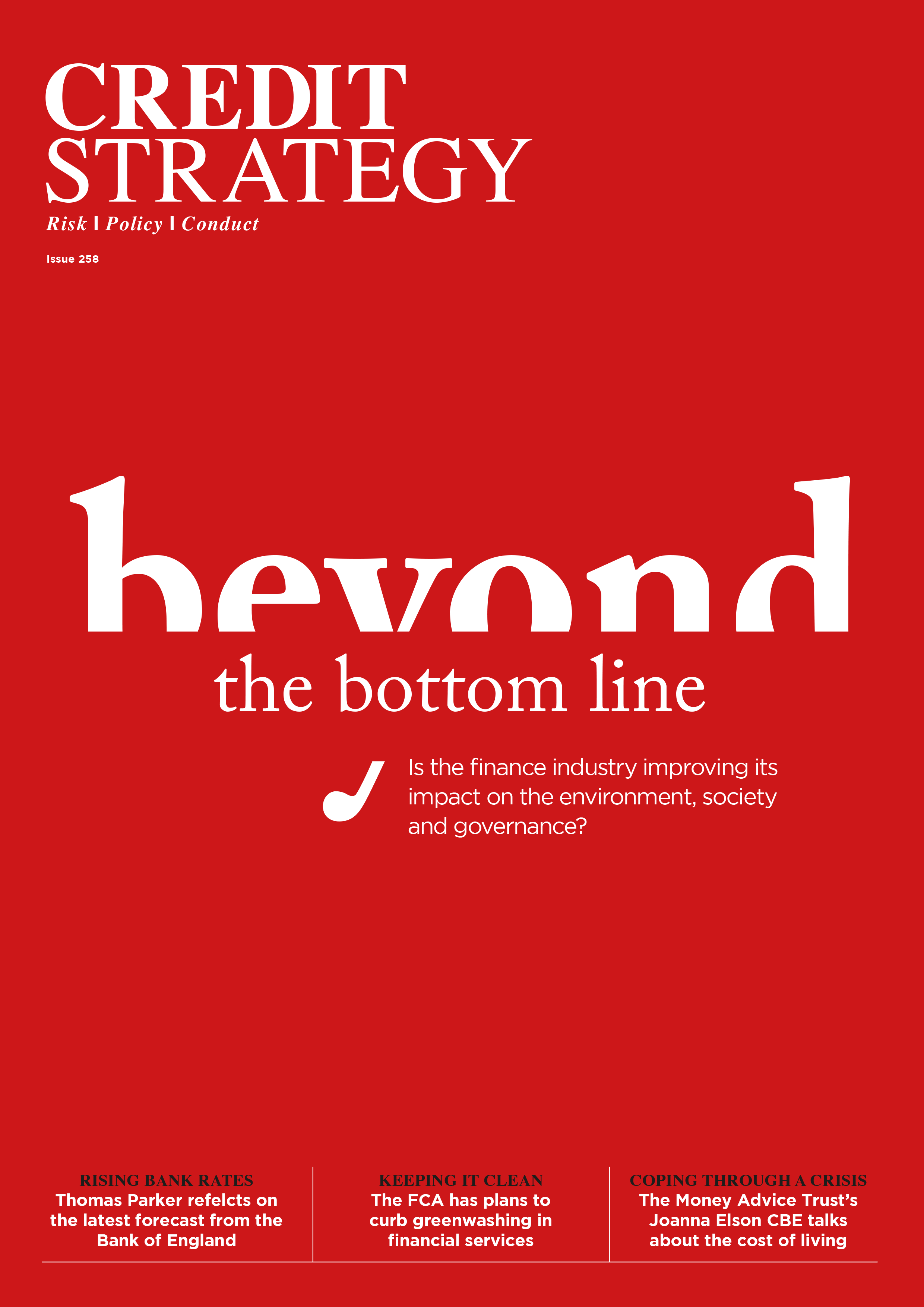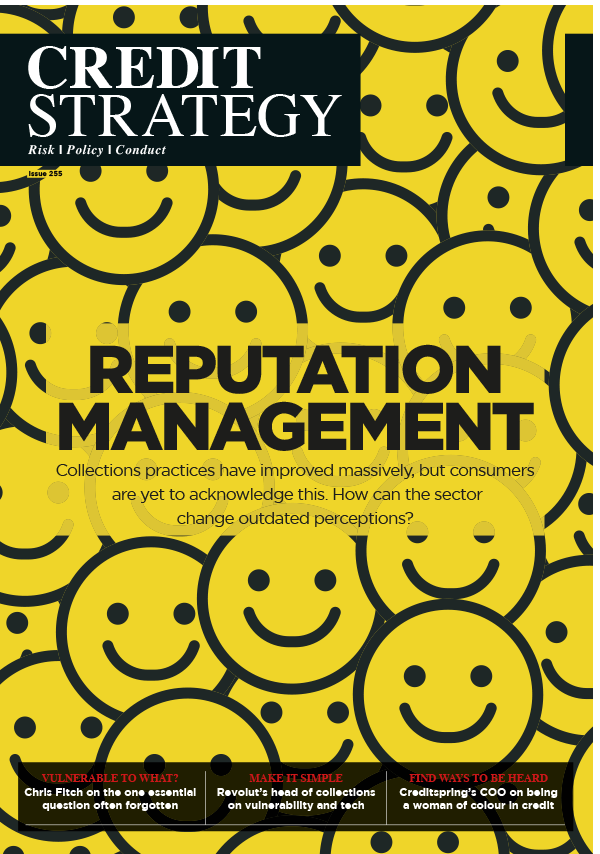Dear visitor,
You're reading 1 of your 3 free news articles this quarter
Register with us for free to get unlimited news, dedicated newsletters, and access to 5 exclusive Premium articles designed to help you stay in the know.
Join the UK's leading credit and lending community in less than 60 seconds.
UK economy stagnates as growth flatlines in third quarter
 Credit Strategy, Shard Financial Media
Credit Strategy, Shard Financial MediaThe UK has experienced a stagnation in economic growth, with official figures from the Office for National Statistics (ONS) indicating that gross domestic product (GDP) remained unchanged in the third quarter of the year.
The data shows that between July and September, the economy flatlined, providing a critical backdrop ahead of the forthcoming Autumn budget.
This lack of growth comes amid a complex economic landscape marked by various influencing factors, including interest rates, inflation, and unemployment levels. Analysts are closely monitoring how these dynamics will impact consumer credit and the lending landscape in the UK.
The consumer credit industry is particularly sensitive to fluctuations in interest rates and inflation. As the Bank of England adjusts its monetary policy in response to ongoing inflationary pressures, which have been exacerbated by global economic developments, the cost of borrowing is likely to be affected.
Higher interest rates generally lead to increased borrowing costs, which may deter consumers from taking on additional debt. This reflects broader trends where lending tends to weaken during periods of economic uncertainty.
Additionally, the unemployment rate remains a crucial factor in assessing overall consumer confidence and credit demand. With economic stagnation, the potential for rising unemployment could further dampen borrowing activity, as individuals and households may feel less secure in their financial situations.
The effects of Brexit continue to loom over the credit market, introducing uncertainties that can influence lending decisions and consumer confidence. Analysts assert that ongoing adjustments and the establishment of new trade agreements may play a significant role in shaping future economic policies, which in turn, affect the landscape for borrowing and lending.
As the UK anticipates the Autumn budget, stakeholders are looking for signals from policymakers regarding measures that could stimulate growth and enhance consumer credit. Economic cycles, characterised by periods of expansion and contraction, will drive demand and risk in the credit sector, necessitating a careful assessment of conditions going forward.
Stay up-to-date with the latest articles from the Credit Strategy team
Get the latest industry news






